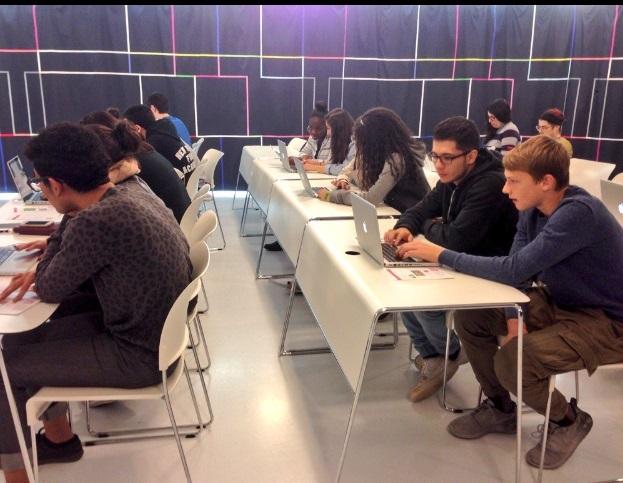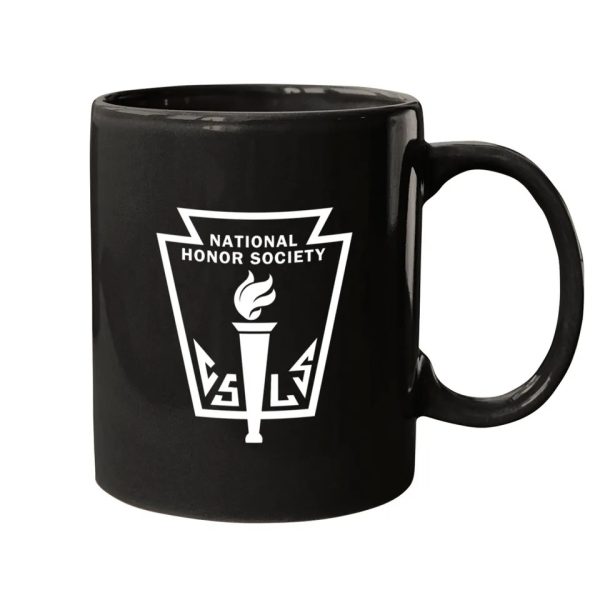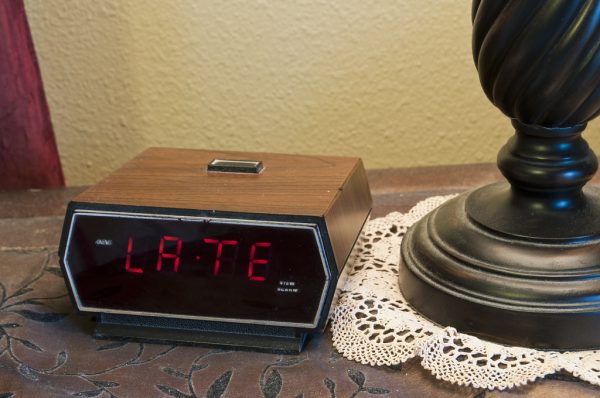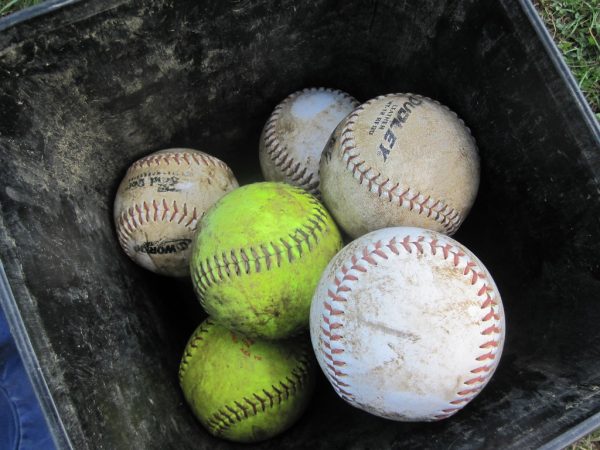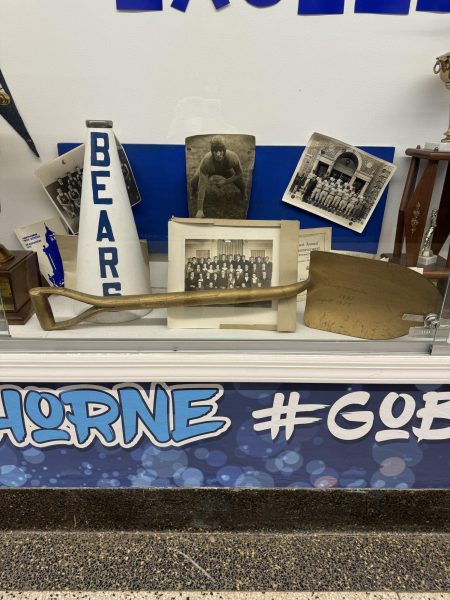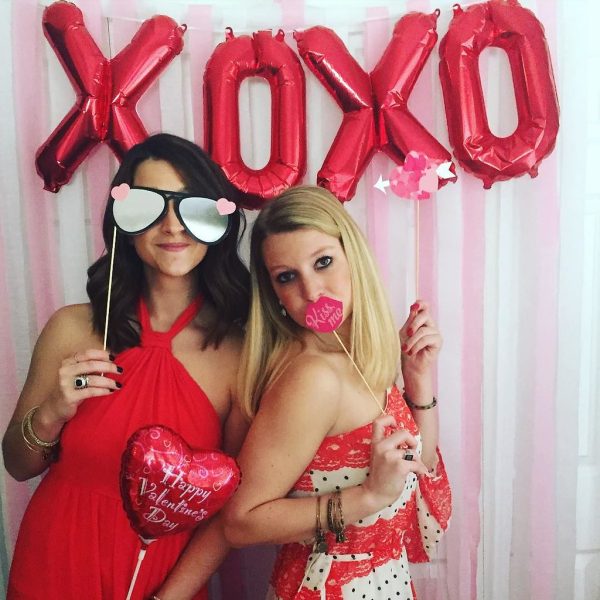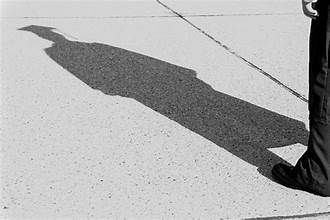Field Trip to Museum of the Moving Image for Media Arts Students
HHS students coding video games at the Museum of the Moving Image
November 25, 2015
Media Arts classes went on a trip to the Museum of the Moving Image in Astoria Queens, New York on November 20. The Museum occupies one of the thirteen buildings that was the Astoria Studio built by Famous Players-Lasky in 1920. Many films were shot there, such as the first two Marx Brothers movies, The Cocoanuts (1929) and Animal Crackers (1930). The Return of Sherlock Holmes (1929) (which is the first sound film of Sherlock Holmes) as well as Jacksons’ music video “Torture” in 1984 were both filmed there. The Museum of the Moving Image first opened in 1988. After expansion to the museum started in March 2008, it opened again on January 2011.
Once in the museum, one group of students went to see the exhibitions of the museum such as the masks that the actors and actresses used and the costumes that represent the personality of the characters in movies and shows made in the Astoria Studio. Students also got to add sound to a short film, which taught them how movie producers finish the film and then add sound effects to it.
Another group went to see how video games are made. Students played Tic-Tac-Toe for a couple of minutes to better understand the goal and the mechanics of the game. Then using a platform called Scratch, students played a video game based on a video game from 1972 called Pong. In Scratch students were able to customize their players, the net, the ball, and even the background. This program is free and it can be downloaded to any computer.
Many lessons were learned from this trip. Students saw that to make even one episode of a show takes a lot of time. Designers have to make the costumes to represent the personalities of the characters being played. Actors have to memorize and rehearse their lines. There is a lot of makeup involved to bring out more the personality of the characters. Then the director can film. And after all that, the producers add sound and make little adjustments for the film to be able to attract the audience. After this trip, students will never see another film in the same way again.

